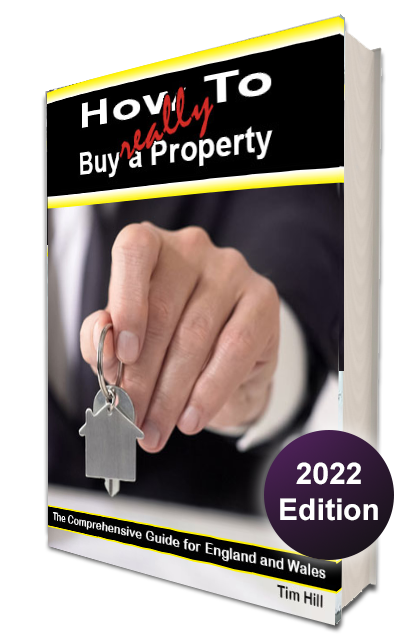Chapter 8: Buying to Let / For an Investment
This is an extract from the ebook How to Really Buy a Property.
What's covered in this chapter
- The mentality needed for investing in property;
- Choosing between cash flow and capital gain;
- Property types which produce the best cash flow;
- Why houses can look profitable to start with but end up costing more than they make;
- How to know if an area is really 'up and coming';
- Why buying off plan used to be profitable;
- The reality of buying off plan;
- The pros and cons of property investment companies;
- Why areas that are on the up might not be good investments;
- How to be prudent and avoid loosing it all.
There are no end of books that tell you how to make money from bricks and mortar but in the end most come down to two areas:
- The obvious - you can borrow substantial funds to buy a property which you cannot do (so easily) to buy stocks and shares
- Hindsight and speculation - if you had bought in area X you would have made lots of money so area Y looks like a good bet for the future
Beyond the obvious parts the rest is (hopefully) someone's fairly educated opinion. You would get as much by talking to a well honed Estate Agent in the pub. The principles are very simple and start with the most basic one that is ignored the most often:
Due to the continued underlying strength of the market it is difficult to buy a property that will offer you a continuous income stream and rise rapidly in value. Buying off plan has also ceased, in most cases, to be a profitable avenue (see below). This means that before you start looking it is worth considering what you actually want:
- a property that will give you a good income from day one or
- a property that is likely to rise in value
The Income Stream - Yield
The traditional way to see if a property will give you a good income stream is to measure the yield or return. This is a percentage figure which will help you decide if, assuming the property price does not go up, your money would be better off there or in the bank. The calculation is as follows:
| Total rental income for the year | x 100 = Yield |
| Purchase price |
So if you were looking at a property that would cost £250,000 and the rent that it would achieve would be £1,300 per month the calculation for yield would be
| £15,600 | x 100 = 6.24% |
| £250,000 |
Yield is a quick calculation to consider if your money is could make you more in another investment and, if you meet a regular investor out buying you will often see them staring into the air while they work out this calculation and decide what offer they want to put forward.
Remember also that the yield Calculation does not take into account the costs of Ground Rent and Service Charges on Leasehold properties. This is often overlooked but a £4,000 annual service charge on the example above reduces its yield by nearly 2%!
Properties that tend to offer the best yields are those not popular with private buyers. They are the ones that front on to busy roads, back on to railways, sit above commercial premises, are ex local authority, etc. The yield is good because the purchase price is lower for one or more reasons which has removed a large sector of private buyers as likely contenders. Tenants, however, only see a property as temporary and so are more relaxed about taking a view on living in a property that has a negative aspect.
You do need to remember that if you buy such a property, when you come to sell you are also going to achieve a lower price than a comparative property in the same area that has no draw backs.
Killing the Yield and Making a Loss
Most investors are smart enough, when calculating profit, to take into account expenses such as service charges and the fees of a lettings agent but few consider maintenance. In a flat this might include a replacement boiler every few years.
In houses maintenance is far more substantial and it is here that the novice investor can make mistakes because houses often appear to have a better yield. On first inspection there is no service charge or ground rent to pay and so the rental profit appears much better. But it is essential to remember that the costs of roof and window repairs or replacements, as two examples, can be substantial.
Take a house where the mortgage payments will be £1,000 but the rental will be £1,700 and assume it will be tenanted for 11 months out of 12 every year. The profit is £8,400 per year. Now in year three the roof needs to be replaced at a cost of £25,000. This has instantly wiped out all the profit since the purchase. Period properties also need periodic work on the bricks, windows and possibly the damp proofing so it is extremely easy to start loosing money instead of making it.
and all the others, when you
purchase the ebook How to Really Buy a Property



